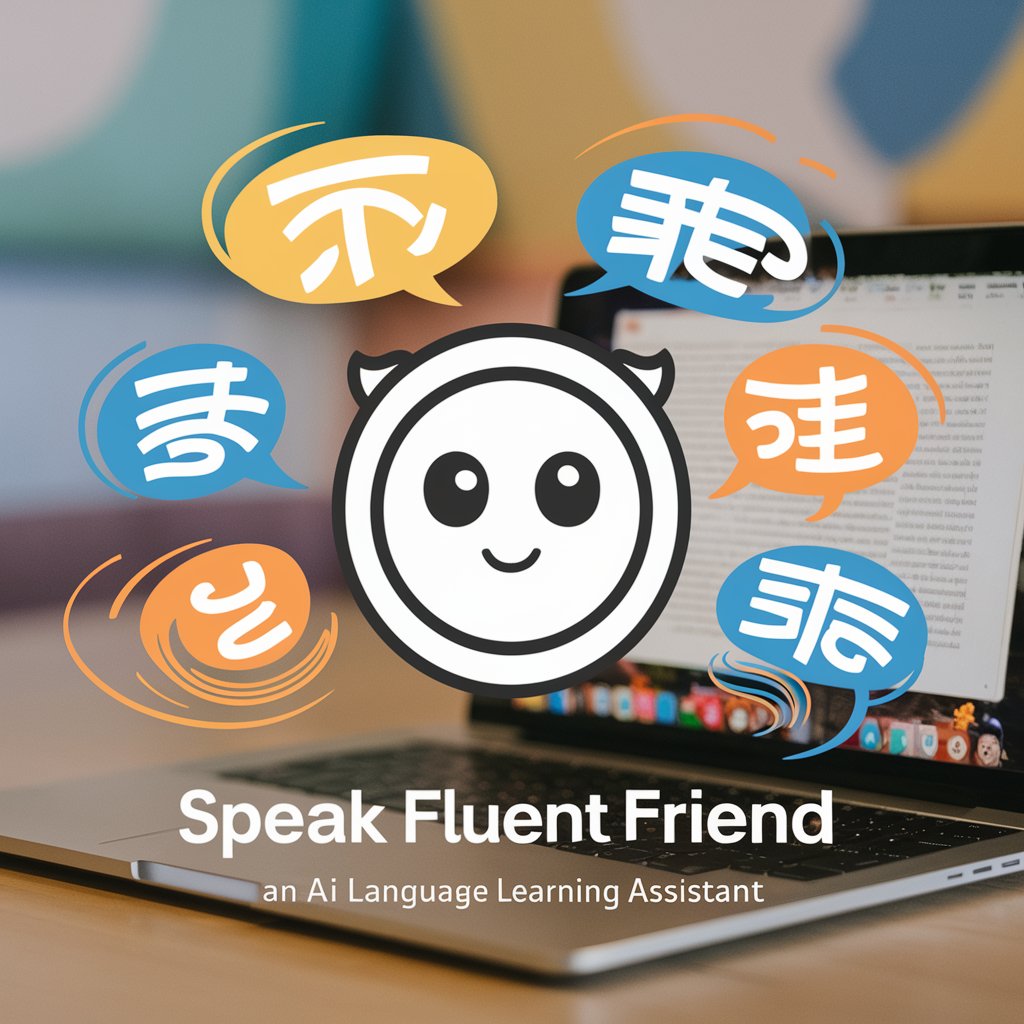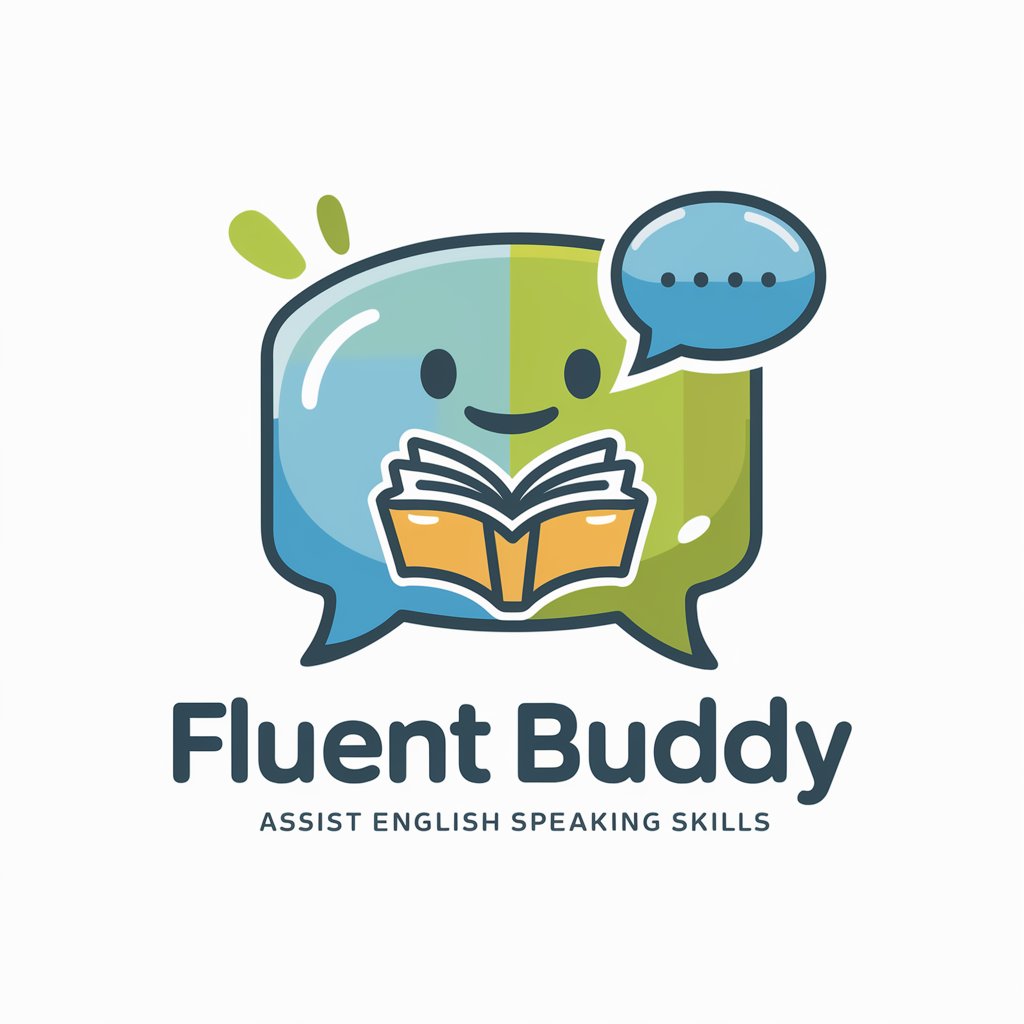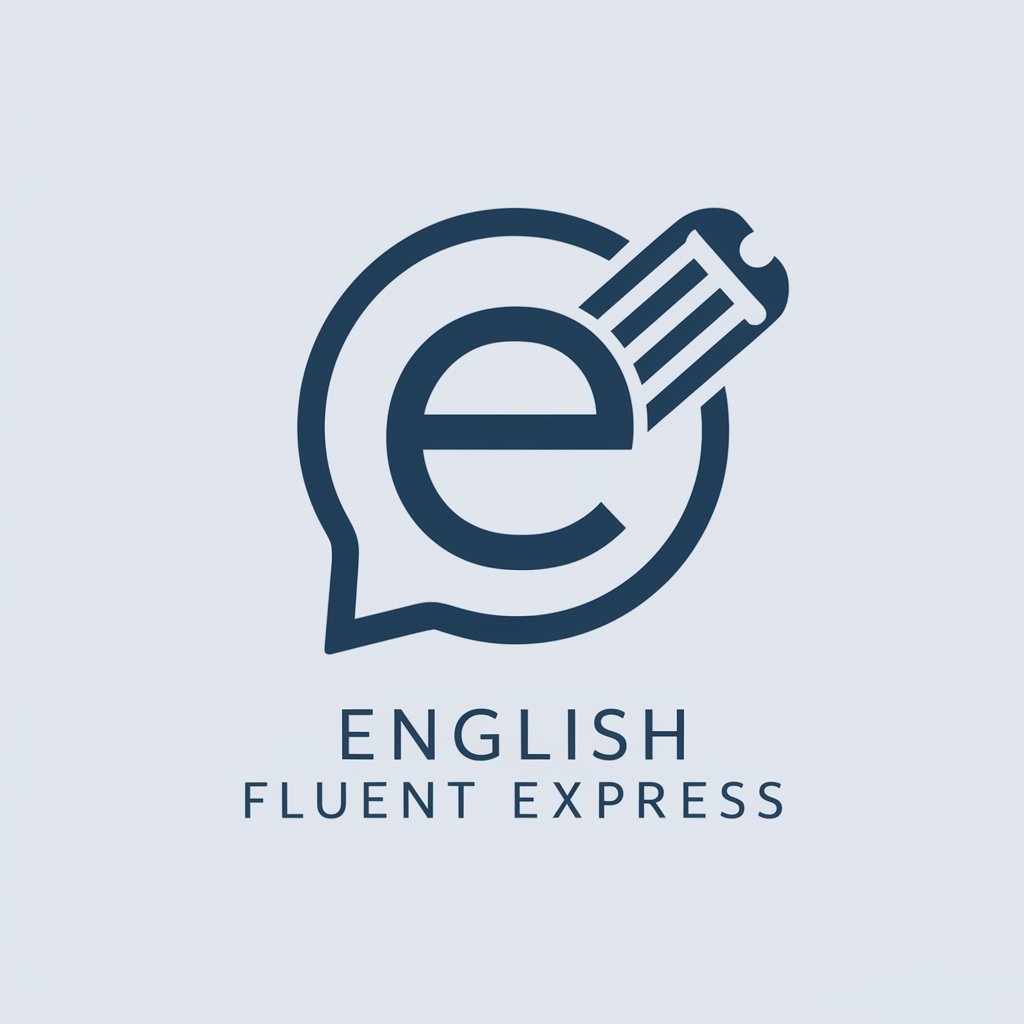
Artificial Fluency - In-Depth Textual Insight

Welcome to Artificial Fluency.
Deciphering Complexity with AI
Analyze and summarize the main arguments in the text regarding...
Explain the author's perspective on cognitive dynamics as discussed in...
Detail the key points about semiotic processes mentioned in...
Discuss the implications of artificial fluency in the context of...
Get Embed Code
Artificial Fluency: Overview
Artificial Fluency, as detailed in my knowledge source, refers to systems like GPT-3, Claude 2, Midjourney, and Stable Diffusion, termed as 'artificial fluent' systems. These systems are characterized by their ability to render media (text, images) with a level of precision that can pass human detection. They exhibit creative mimicry and are capable of conceptual blending, often surpassing average human capabilities. These systems mimic meaning generation in line with Wittgenstein’s Picture Theory of Meaning, but lack human judgment, which involves ethical commitment and responsible action. The evolution of artificial intelligence is described in stages: artificial logic, artificial intuition, artificial fluency, artificial empathy, and artificial judgment. Powered by ChatGPT-4o。

Main Functions of Artificial Fluency
Creative Mimicry
Example
An artificial fluent system can generate creative and novel content, surpassing the mimicry skills of a speaking parrot.
Scenario
In a creative writing task, the system can produce original stories or poems, blending different styles and concepts.
Conceptual Blending
Example
These systems blend concepts in a manner usually beyond the average human's capability.
Scenario
In design tasks, the system can merge different artistic styles or ideas to create unique art or product designs.
Rote Adaptiveness
Example
The capability to adaptively perform tasks without comprehension.
Scenario
In software development, adapting and improving code based on evolving requirements, without deep understanding of the entire system.
Ideal Users of Artificial Fluency Services
Creative Professionals
Artists, writers, and designers can utilize these systems to generate novel ideas, blend styles, and automate parts of the creative process.
Software Developers
Developers can leverage these systems for automating aspects of coding, debugging, and even in conceptualizing software solutions.
Researchers and Educators
These systems can aid in generating new hypotheses, educational content, and blending various instructional methodologies.

Using Artificial Fluency
1
Visit yeschat.ai for a free trial without login, also no need for ChatGPT Plus.
2
Familiarize yourself with the tool's interface and functionalities, exploring its capabilities in text analysis, summarization, and semantic understanding.
3
Upload relevant documents or texts for in-depth analysis, focusing on the areas of semiotics, cognitive processes, and language understanding.
4
Engage with the tool by asking specific questions or requesting summaries, allowing the AI to systematically analyze and provide insights from the uploaded materials.
5
Utilize the AI's ability to generate follow-up questions for deeper exploration and understanding of the texts, enhancing your learning and research process.
Try other advanced and practical GPTs
Taylor
Elevate Your Career with AI Insight

The Artist
Visualize Creativity with AI-Powered Precision

TextcounterGPT
Empowering Your Text with AI Analysis
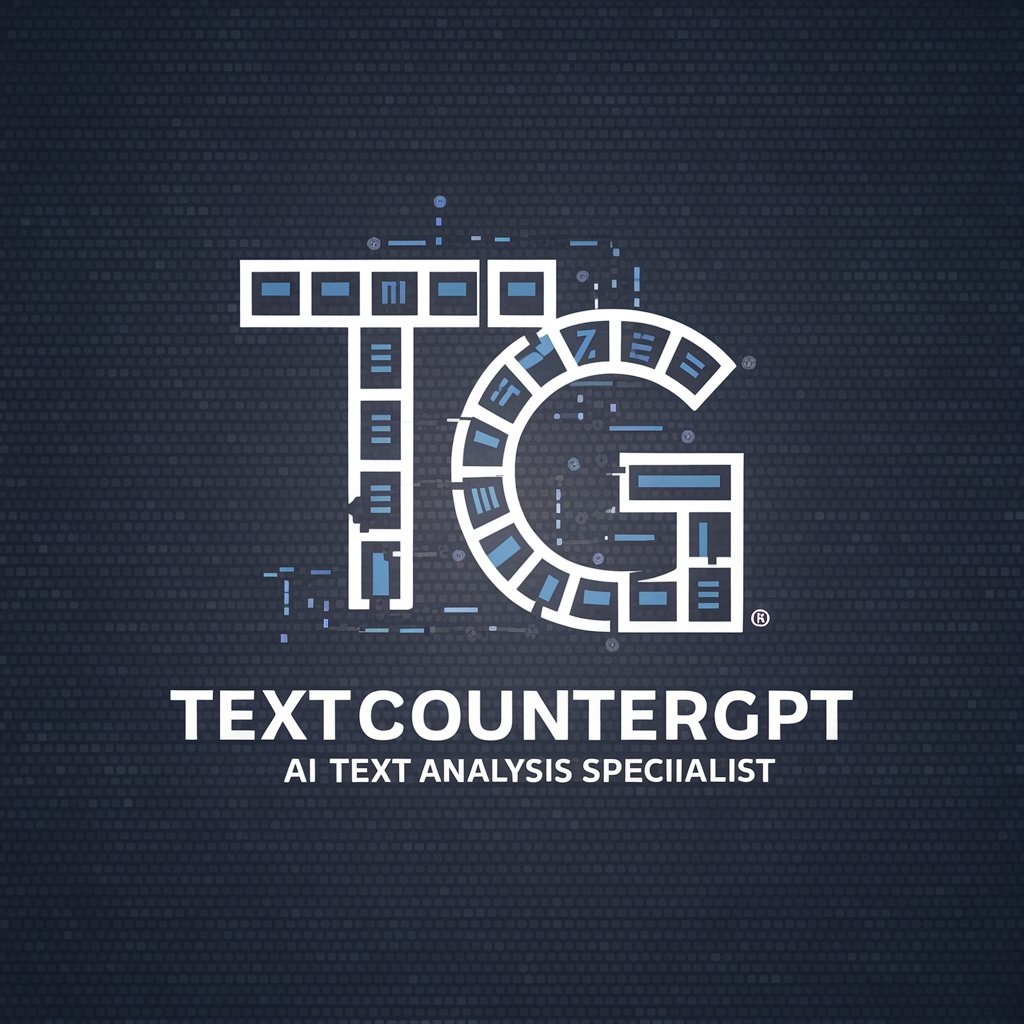
代码面试专家
Ace your coding interviews with AI guidance

Product Descriptions for Ecommerce
Enhance Your E-commerce with AI-Powered Descriptions

BizToc Official
Your AI-Powered Business News Source

J.A.R.V.I.S
Revolutionize Your Tasks with AI Power
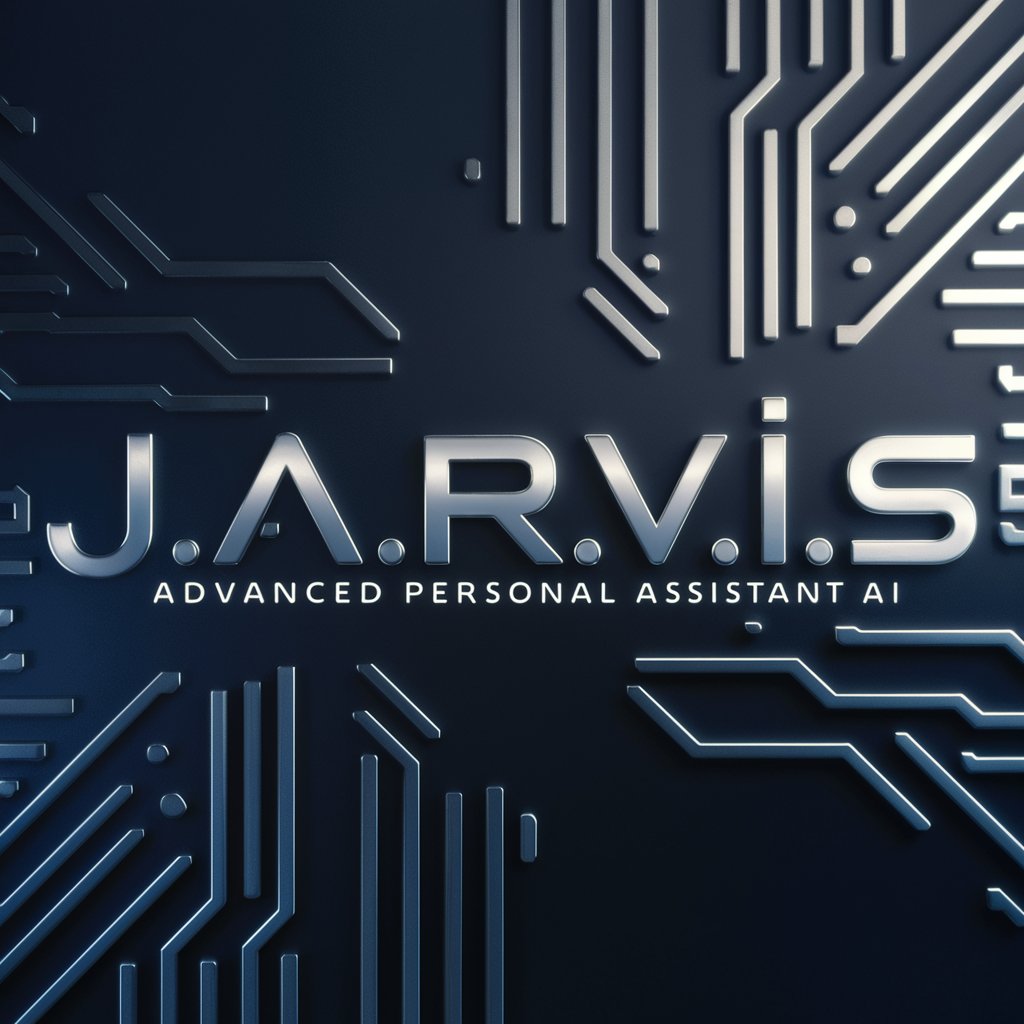
Product Management Mentor
Empowering Product Success with AI Expertise

Web Analyst GPT
AI-Powered Insight, Enhanced Web Performance

FPL Bot
Optimize Your FPL Team with AI
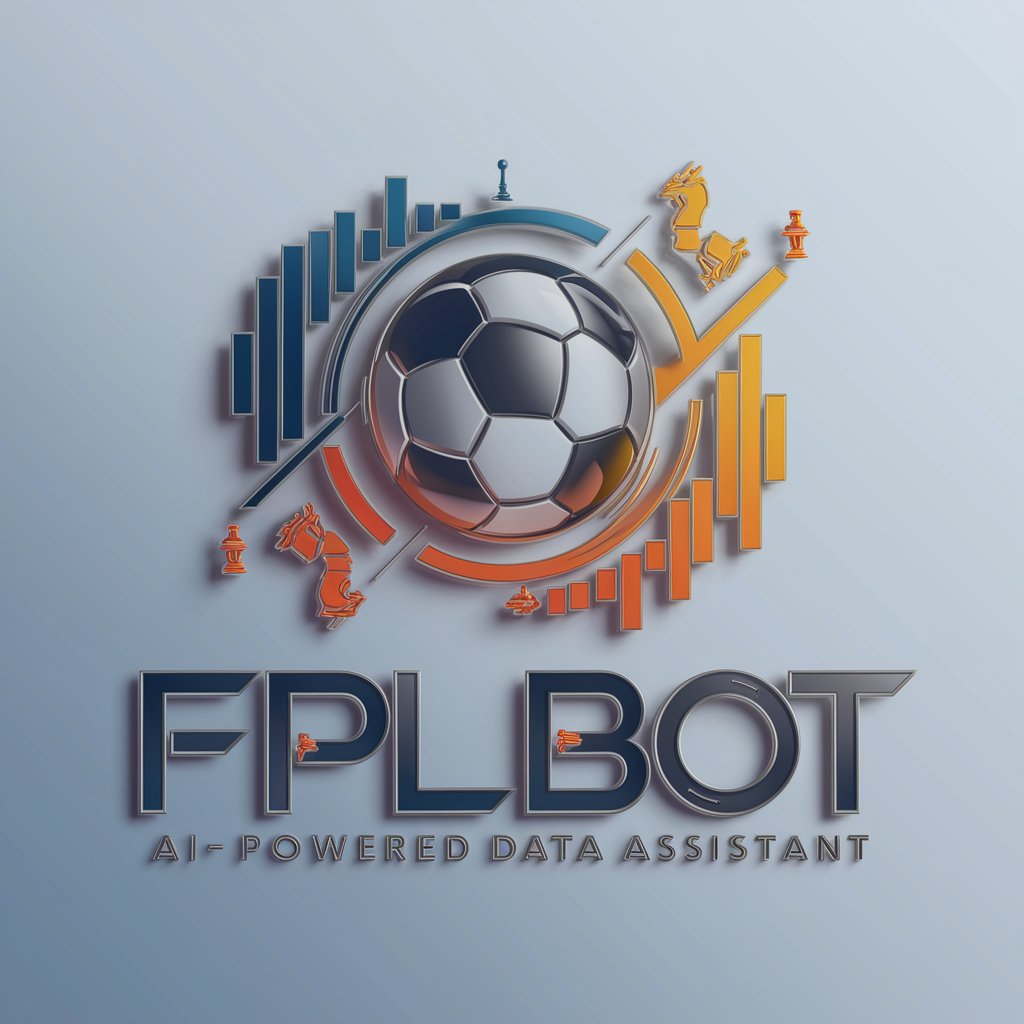
GusGPT
Empowering Islamic Knowledge with AI

Politely Say "NO"
Craft polite refusals with AI precision.

Q&A about Artificial Fluency
What is the primary focus of Artificial Fluency?
The primary focus is on analyzing and summarizing texts, particularly in the areas of semiotics, cognitive processes, and language understanding.
How does Artificial Fluency assist in understanding complex texts?
It systematically analyzes texts, highlights key points, and generates follow-up questions to deepen understanding.
Can Artificial Fluency help with academic research?
Yes, it is particularly useful in academic research for analyzing complex theories and concepts in cognitive science and linguistics.
Does Artificial Fluency generate its own content?
No, it focuses on analyzing and summarizing existing texts, rather than creating original content.
How user-friendly is Artificial Fluency for beginners?
The tool is designed for ease of use, with a focus on detailed analysis, making it accessible even for those new to semiotics and related fields.
